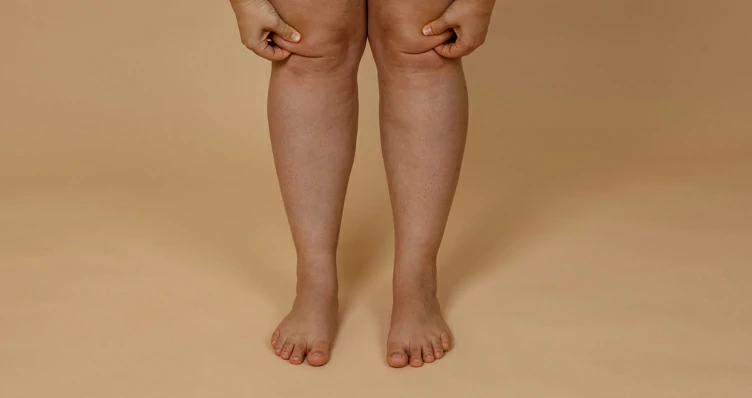H. Hartplein 33 A
5462EB Veghel NL
5462EB Veghel NL
Monday – Saturday – 8:00 – 18:00
Sunday – 8:00 – 14:00
Sunday – 8:00 – 14:00
Treating lipedema in the legs requires specialized care. Lipedema is a condition that occurs primarily in women and is characterized by an excessive accumulation of fat in specific areas of the body, particularly the legs and hips. It is believed that both genetic factors and hormonal changes play a role in its development. Lipedema often raises aesthetic concerns, but also causes physical discomfort. Therefore, treating leg lip edema is important for both physical health and psychological well-being.

Lipedema usually presents with the following symptoms:
The diagnostic process usually begins with a physical examination by a specialist and a review of the patient’s medical history. At this stage, it is important to distinguish lipedema from other adipose tissue disorders. If necessary, imaging techniques such as ultrasound may also be used.
Treatment of leg lip edema varies depending on the person’s overall health, severity of symptoms and personal preferences. Therefore, treatment plans are often customized. Below are the most common treatment methods:
Compression therapy is one of the most common and effective methods of treating leg lip edema. Specially designed compression stockings or bandages reduce fluid accumulation in the legs and improve blood circulation. This treatment makes daily life more comfortable for patients. Compression therapy is often combined with other treatment methods. In more advanced stages, surgery may be considered. Liposuction, or fat removal, can be an effective method for treating leg lip edema. However, the decision for surgery should be made by a specialist based on the patient’s condition and expectations. Surgical treatment is usually combined with other methods and is aimed at improving the patient’s quality of life.
It is important to realize that dealing with lipedema is not limited to physical treatment methods. Psychological support is also an important part of the treatment process. The following strategies can help:
Treatment of leg lip edema includes several methods aimed at improving quality of life and reducing the symptoms caused by this condition. Physical therapy, healthy diet, compression therapy and surgical procedures are among the treatment options. Because each person’s situation is different, the treatment process requires a personalized approach. Choosing the right methods to address the challenges of lipedema can help people lead healthier and happier lives. Therefore, it is important for people who show signs of lip edema to consult a specialist healthcare provider. In this way, patients can live healthier lives both physically and psychologically.
Heilig Hartplein 33A, 5462 EB Veghel NL
Maandag – Zaterdag – 8:00 – 18:00
Zondag – 8:00 – 14:00
info [@] healthandbeautytravel.nl
Maandag – Zaterdag – 8:00 – 18:00
Zondag – 8:00 – 14:00
info [@] healthandbeautytravel.nl